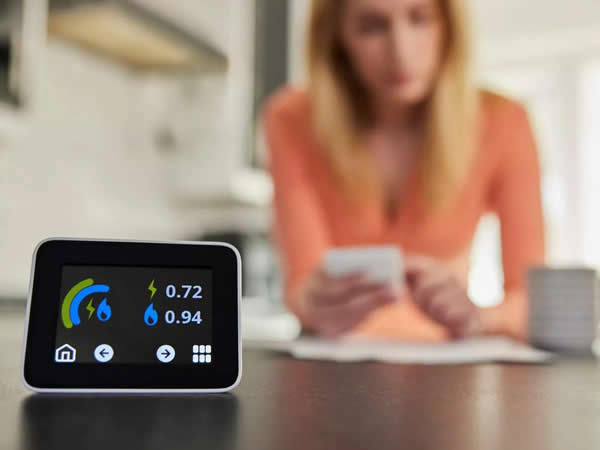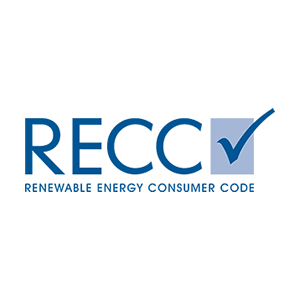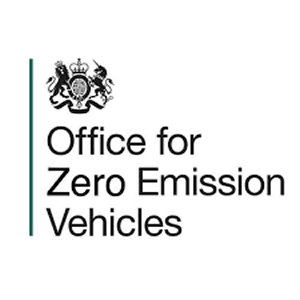As energy prices fluctuate and sustainability becomes increasingly important, understanding the concept of peak and off-peak electricity can help you manage your energy usage more effectively and reduce your utility bills. This guide will explain what peak and off-peak electricity are, why they matter, and how you can take advantage of these pricing structures to save money.
What is Peak Electricity?
Peak electricity refers to the time periods when demand for electricity is at its highest. During these times, more people are using energy-intensive appliances, which places greater strain on the electricity grid. To manage this increased demand, energy providers often charge higher rates for electricity during peak hours.
Common peak hours typically occur during:
- Morning (6 AM – 10 AM): When people are getting ready for work or school, using appliances like kettles, showers, and heating systems.
- Evening (4 PM – 9 PM): When people return home, cook dinner, turn on lights, and use entertainment devices.
What is Off-Peak Electricity?
Off-peak electricity refers to the time periods when the demand for electricity is lower. During these times, fewer people are using large amounts of electricity, so the grid is under less pressure. As a result, energy providers often offer lower rates during off-peak hours to encourage consumers to shift their usage to these quieter periods.
Off-peak hours typically occur during:
- Nighttime (10 PM – 6 AM): When most people are asleep and not using much electricity.
- Middle of the Day (10 AM – 4 PM): In some areas, particularly where renewable energy sources like solar power are abundant, electricity demand is lower during the day outside of peak hours.
Why Do Energy Providers Use Peak and Off-Peak Pricing?
The main reason energy providers use peak and off-peak pricing is to balance the load on the electricity grid. By incentivizing consumers to use electricity during off-peak times, providers can reduce the strain on the grid during peak periods, lowering the risk of blackouts and the need for expensive infrastructure upgrades.
This pricing structure also reflects the varying costs of generating and distributing electricity throughout the day. For example, during peak hours, energy providers might need to activate additional, more expensive power plants to meet the high demand. In contrast, during off-peak times, less expensive and often greener energy sources may be sufficient to meet demand.
How Can You Benefit from Peak and Off-Peak Pricing?
By adjusting your energy usage to align with off-peak hours, you can significantly reduce your electricity bills. Here are a few strategies to help you take advantage of off-peak rates:
- Shift High-Energy Activities: Use energy-intensive appliances like washing machines, dryers, dishwashers, and electric vehicle chargers during off-peak hours. Many modern appliances come with timers that allow you to set them to run automatically during these periods.
- Optimise Heating and Cooling: If you have an electric heating or cooling system, consider pre-heating or pre-cooling your home during off-peak hours, so your system doesn’t need to work as hard during peak times.
- Utilise Energy Storage: If you have a home battery system, you can store electricity during off-peak hours when rates are lower and use it during peak hours to avoid higher charges.
- Consider Time-of-Use Tariffs: Some energy providers offer time-of-use tariffs that charge different rates depending on the time of day. Compare these with standard tariffs to see if switching could save you money.
Conclusion
Understanding peak and off-peak electricity is a simple yet effective way to manage your energy usage and lower your bills. By shifting your electricity consumption to off-peak times, you not only save money but also contribute to a more balanced and sustainable energy grid. As energy systems evolve and more renewable sources are integrated, being savvy about when and how you use electricity will become even more important in the years to come.




















